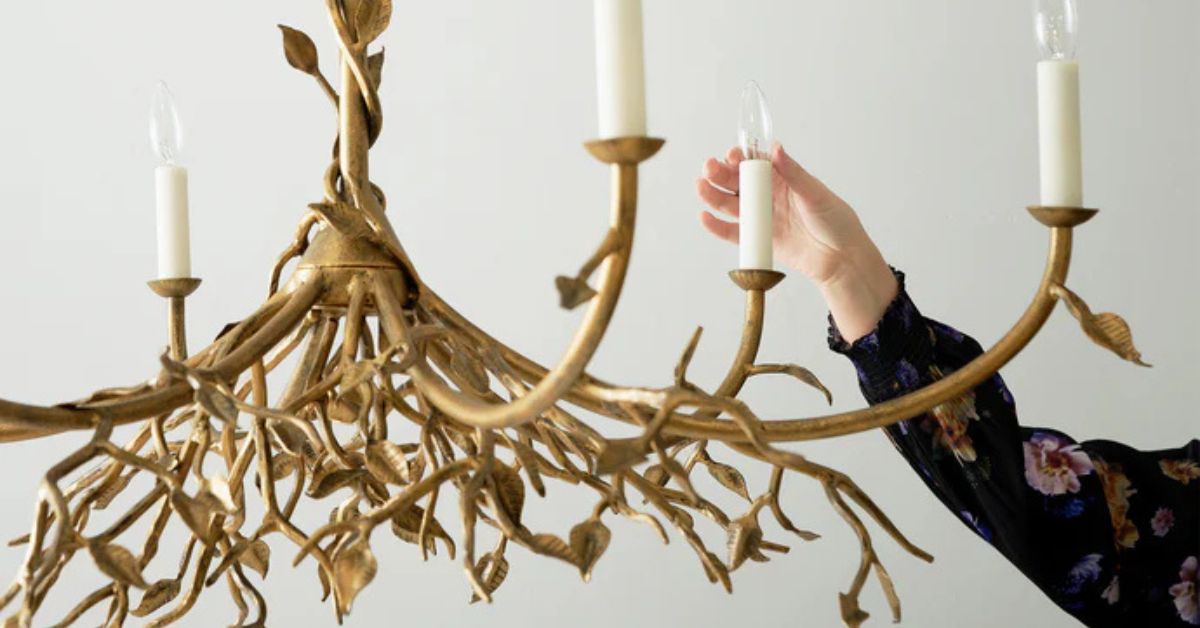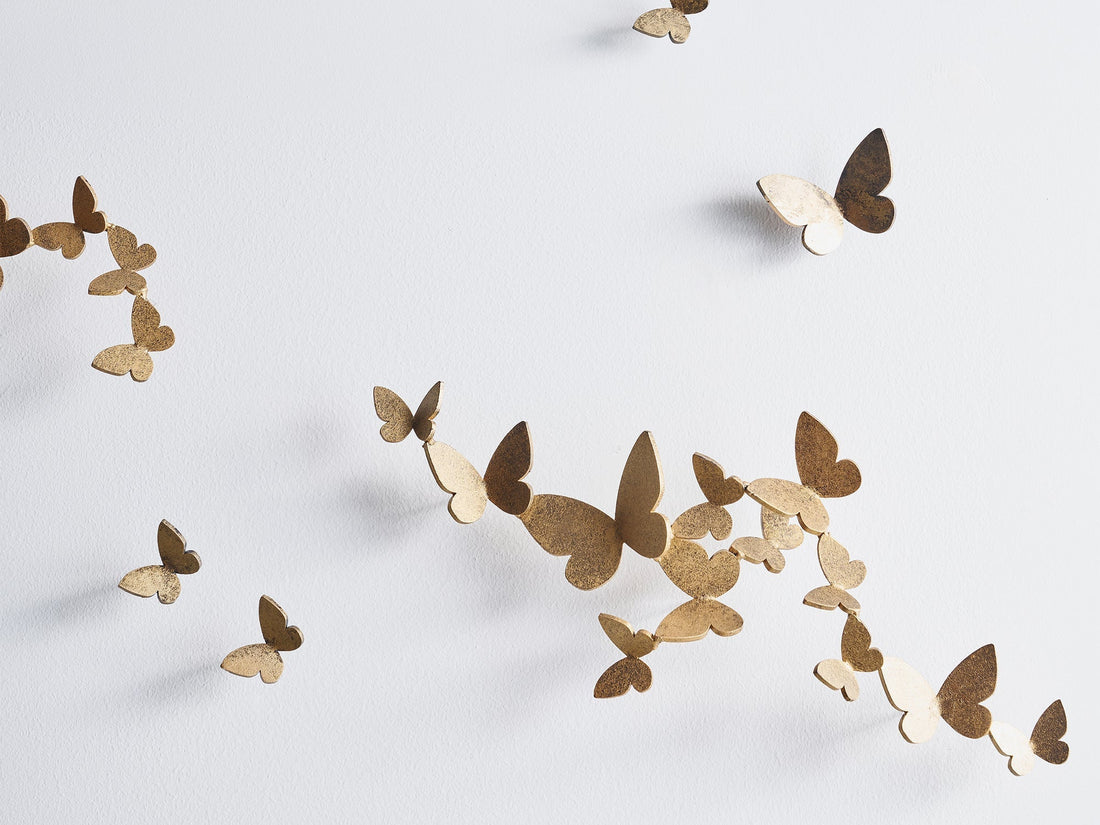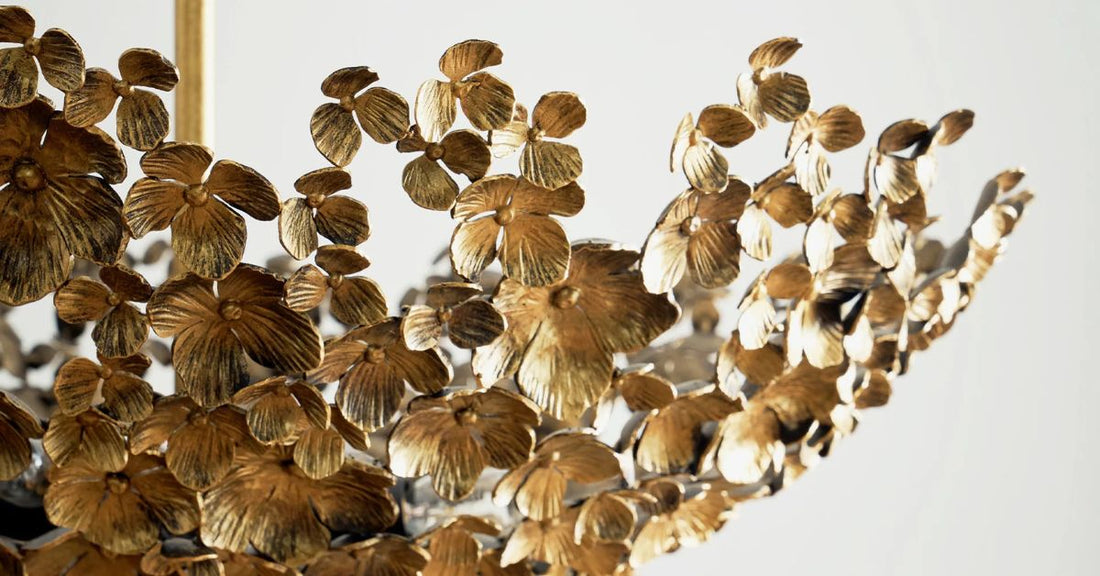When designing a space that feels luxurious, inviting, and unforgettable, texture is an essential tool. It creates visual interest, adds depth, and transforms a room from flat to uniquely dynamic. From soft fabrics to striking metallics, here are seven ways to use texture in interior design to help you craft a space that’s brimming with personality.
1. Layer Rugs for Depth and Warmth
Layering rugs adds coziness and visual depth to any room. Start with a neutral sisal rug, then top it with a bold Persian or Moroccan wool rug. This contrast in materials creates interest and grounding that’s perfect for living rooms, bedrooms, or high-traffic spaces.
2. Play With Wall Textures Through Sculptures
Walls don’t have to remain two-dimensional. Elevate them with unique wall sculptures or panels that introduce tactile intrigue. These pieces cast beautiful shadows, interact with your room’s lighting, and make a huge statement. Highlight multiple sculptures to create a gallery-inspired feature wall.
3. Use Fabrics To Balance Softness and Structure
Textiles are one of the most versatile ways to bring texture to your interior. Contrast a structured leather couch with soft chenille or velvet throw pillows. Drape beds with lightweight linen paired with a chunky knit throw to create inviting layers. By mixing materials, you can strike a visually balanced and comfortable atmosphere without overloading the space.
4. Choose the Right Lighting Fixtures
A home lighting fixture, whether with hammered metals, matte ceramics, or intricately cut glass, adds physical texture and an interplay of light and shadow. Picture wall sconces with metallic finishes or pendant lights with woven baskets that craft abstract patterns as they illuminate. These fixtures are functional yet sculptural pieces that accentuate your room’s aesthetic.
5. Combine Natural Materials
Organic textures derived from natural materials breathe life into interiors. For example, rattan chairs, raw-edge wooden tables, or stone vases are effective. Marble countertops paired with wooden cabinetry can deliver the sophistication of opposing smooth and rough surfaces. Rooms instantly feel more grounded when you blend nature-inspired elements.
6. Highlight Metallic Accents
Metallics add a touch of glam to interiors. Mirror frames, fireplace screens, or coffee table accents reflect light and introduce a polished flair to your decor. By sparingly placing these accents, metallics will balance out softer textures in the room.
7. Incorporate Textured Paint or Wallpaper
Walls don’t always require objects to stand out. Subtle textures through limewashed paints or textured wallpapers mimic linen or plaster finishes. This understated form of texture is the ideal backdrop for layered decor elements like art, lighting, or shelving.
Thoughtful Textures Elevate Every Space
Incorporating textures creates a space that feels dynamic and cohesive. From textured wall coverings to woven baskets or even a statement piece like a velvet sofa, texture adds depth, interest, warmth, and character.
For designers exploring ways to use texture in their interior design, the Claire Crowe Collection offers elegant solutions, like exclusive wall sculptures and custom fireplace screens. Explore our latest offerings to find your next textural marvel.





